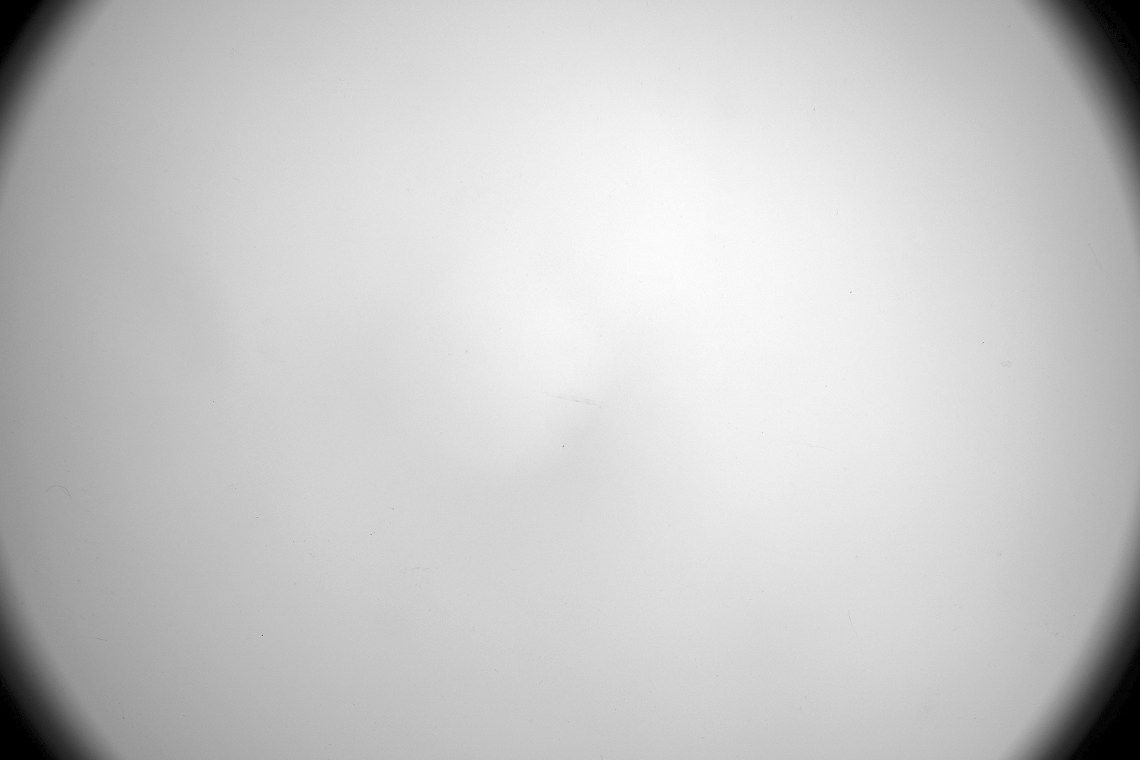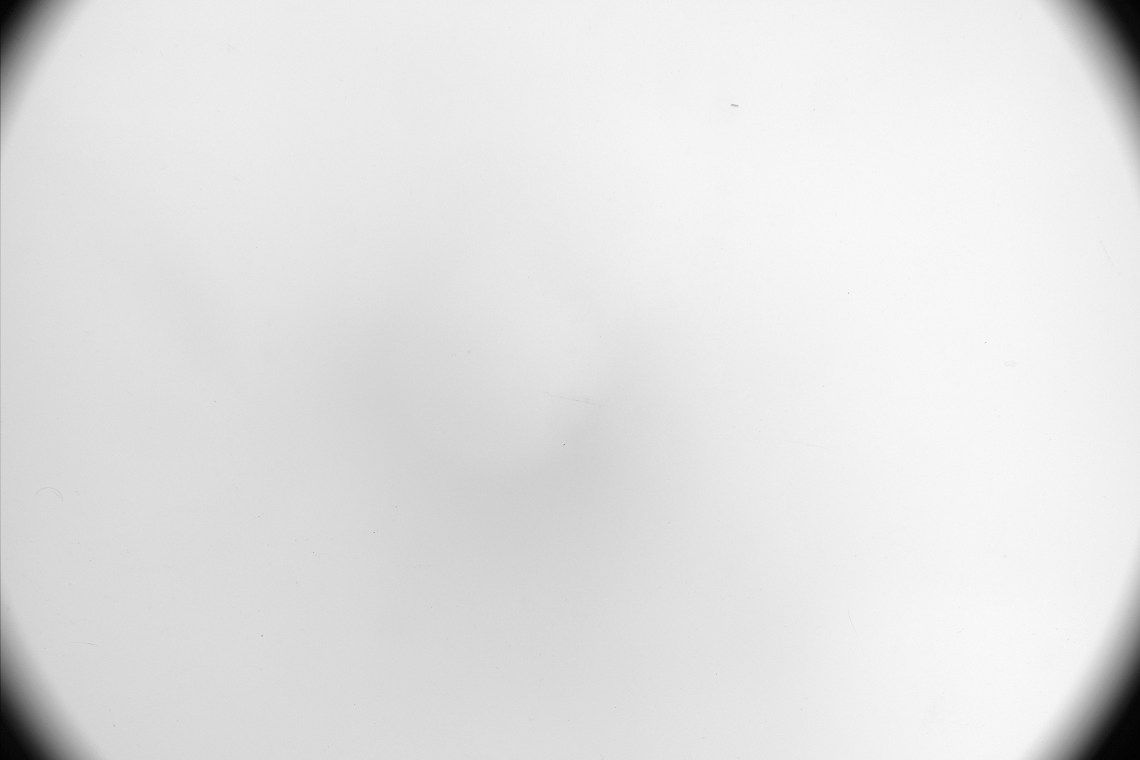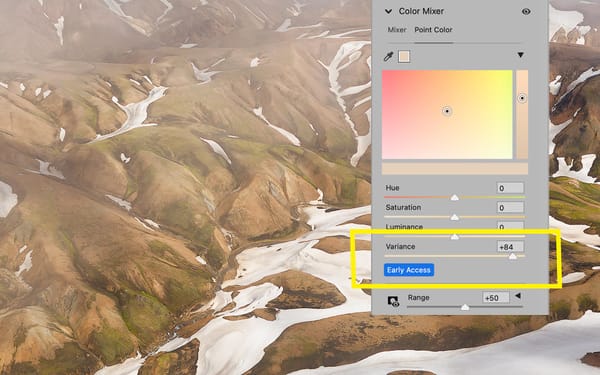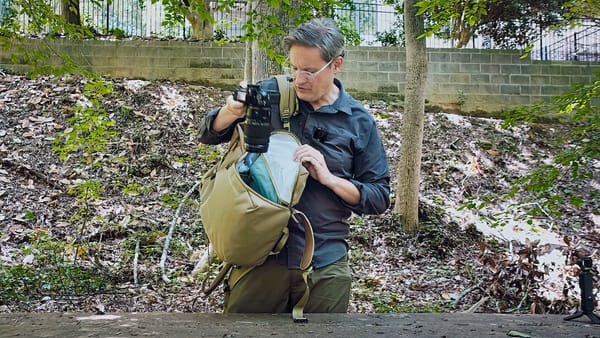Square or circular ND filters? Which are best for landscape photography?
How to decide which type of filter you invest in (if not both)

A viewer of my YouTube channel recently contacted me asking about square and circular neutral density filters.
How are square and circular ND filters different? Is square better than circular? Or vice versa?
Circular filters may be used for all types of photo and video work. They are simple to use because they screw directly onto a lens, or attach magnetically if using a magnetized filter system. Circular filters are typically less expensive compared to square because less material is used in their construction, and they don’t require any additional hardware to be mounted.
Square filters on the other hand are more specialized. They’re bigger, bulkier, and more expensive when you add up the cost of each requisite part. Square filters are mostly marketed to and used by landscape photographers.
So if circular filters may be used for just about anything — including landscape photography — why do square filters even exist? Is there a tipping point when a square filter is considered to be better than circular?
Let’s take a look at the advantages and disadvantages of square filters.
Square filter advantage: minimal vignette
If you are shooting wide angle images with a full-frame camera using a focal length between 15 and 20mm — filters can magnify the amount of darkening you see around the edges and corners of an image. This effect is known as vignette.
There are two types of vignette: “optical” and “mechanical”.
All lenses – especially wide angle – have some amount of optical vignette that occurs even without filters attached. It can normally be easily corrected using software (eg, Lightroom, Capture One).
Filters (both square and circular) can introduce mechanical vignette. Mechanical vignette is additional vignette layered on top of optical vignette, and is caused by filters blocking a lens from seeing wide.
Mechanical vignette is difficult if not impossible to remove because it turns the pixels in the corner of an image black. Cropping is often the only way to fix it.


For example, the images above were shot with two circular filters attached to a 16mm wide angle lens on a full frame camera. On the left is the raw, uncorrected image, which contains both optical and mechanical vignette. On the right is the corrected version of the same image. Optical vignette has been removed by Lightroom, but the image still has mechanical vignette that cannot be removed with lens corrections.
Mechanical vignette is especially problematic with circular filters because they’re the same diameter as the lens. When a filter is too thick or when multiple circular filters are attached, the amount of mechanical vignette is increased.
Mechanical vignette most often happens when stacking a circular polarizer filter with an ND filter; a common practice in landscape photography for removing reflections, increasing vibrancy and dynamic range.
Some photographers who prefer using circular filters work around this problem by purchasing an ND+CPL filter (neutral density plus circular polarizer). For example, the Dark CPL from Breakthrough Photography, Quartzline filters from PolarPro, and magnetic filters made by Freewell. These filters help lower the odds of mechanical vignette, but at strong densities (meaning, dark) it can be hard to see the circular polarizer’s effect when rotated.
Square filters are wider than the front a lens (eg, 100mm on an 82mm diameter lens), so they don’t get in the way. They contribute little-to-no mechanical vignette. You may get some mechanical vignette when adding a circular polarizer either in front or behind the holder (because then the holder is then pushed further out from the front of the lens), but the results are typically less extreme than stacking the same number of circular filters.
For photographers who want the cleanest possible wide-angle images, there are specialized square systems like Summit from PolarPro and the V6 holder from Nisi. These holders have circular polarizers built into their mounts. These reduce the thickness of the square filter stack and provide exceptional performance when shooting wide angle on full frame cameras.
Square filter advantage: faster lens switching
Once you have square filters and a holder, all you need then are inexpensive adapter rings for each lens you own to quickly move filters from one lens to another.
This for me is fantastic when doing landscape photography in the field, for if I’m experimenting with different focal lengths – everything from wide angle to telephoto – I can quickly change my lens and re-mount the filters.
Square filter advantage: easily swappable
Square filters may be easily added or removed. You just pull one out and slide a new one in. I have found this to be especially helpful when calculating how long shutter speed should be when using a strong ND and you have to calculate shutter speed using an app (eg, Lee Stopper Exposure Guide (iOS / Android) and PhotoPills (iOS / Android)).
Speed and ease of use is important to me, for then I don’t have an excuse for not changing lenses and trying something different. The faster I’m able to swap lenses and change filters, the more images I typically create, which gives me more options to choose from later in post.
Square filter advantage: better compatibility with ultra-wide angle lenses
Square filters are also the only type of filter you can use with ultra-wide angle lenses (focal lengths of 14mm or wider). These lenses have convex shaped glass, and no circular filter threads, so it’s not possible to attach circular filters.
This illustrates one of the potential cost-saving aspects of square filters. The same square filters used on an ultra-wide angle lens may be used on standard lenses.
Square filter advantage: rotatable
Square holders are rotatable. This is especially helpful when using rectangular graduated filters to balance exposure, either by darkening the sky, darkening the foreground, or darkening the middle of the image when shooting a bright sun against the horizon. Leveling against the horizon is easier because the entire filter holder is rotatable.
Square filter disadvantage: bigger and bulkier
Square filters can be bulky and awkward. They take up more room in a backpack compared to circular filters. And if you’re using a carry-on backpack for flying or hiking, their hardware takes up valuable space that could be used by something else (eg, lens, additional camera body, etc).
Square filter disadvantage: more fragile
I’ve never broken one, but when you consider that circular filters have a brass or aluminum frame protecting them, and square filters have nothing, I can see how some photographers might accidentally crack one.
Square filter disadvantage: greater potential for light leaks
Square filters are more susceptible to light leaks because they are not as flush with the front of the lens. Unlike a circular filter that screws into the lens, a square filter is positioned slightly away, so you always have to make sure the glass is positioned properly.
Quality square filters should also have some kind of padding/insulation on the back to create a tight fit within the holder slot.
Square filter disadvantage: more upfront expense
Square filters have more up-front cost because in addition to the filter you also have to buy a holder, plus adapter rings. More material is so used in their construction, so they’re just inherently more expensive than circular filters. However, as mentioned earlier, if you’re using square filters across a wide array of lens types, square can actually be less expensive overall.
Which should you start with?
For me, I prefer using circular when shooting video outdoors, or handheld in a more run-and-gun style fashion.
I prefer square when doing landscape photography with a tripod. In those situations I’m being more methodical, switching lenses, and experimenting with different strengths of ND filters. Oftentimes I’m using a circular polarizer as well.
If you’re just getting started with filters and trying to decide what to invest in first, circular filters are simpler to get started with and learn how to use. They’re also relatively cheaper as well, and you may use them for all types of photo and video work.
But once you get a handle on things, and if you’re buying filters specifically for landscape photography, square gives you the most creative options when stacking filters, and better vignette performance when shooting wide angle on a full frame camera.
Recommended square filter systems
Here are a couple of recommended square filter systems. There are others out there, but these I have tested and used with my own photography.
Breakthrough Photography X100
Breakthrough Photography makes some of the best, most color accurate filters (both square and circular) on the market. Their square system includes the X100 Filter Holder which accepts a variety of solid and graduated filters 100mm in width (made by Breakthrough Photography or other companies). I use with mine the X4 100mm Square ND Filter and X4 100x150mm 2-Stop Soft Graduated Filter.
Their system is well designed, easy to attach, rotate and lock, and is compatible with wide angle lenses down to 15mm.
PolarPro Summit
The PolarPro Summit is a specialized, proprietary square filter system. By “proprietary” I mean the system is only compatible with PolarPro filters, due to the unique design of its filters (they’re housed in aluminum frames and are slightly wider than 100mm).
As mentioned earlier, this system has an integrated circular polarizer, unlike traditional square filter holders (like the aforementioned X100) that don’t.
Check out my first impressions review of Summit for more info.
Recommended circular neutral density filters
If you just want a simple, high-quality, circular neutral density filter, I’ve tested a number of options and recommend the Breakthrough Photography X4 Circular ND, PolarPro Quartzline, Freewell Magnetic Quick Swap Filters, and B+W XS-Pro MRC-Nano.
Video
See the video version of this article below.



